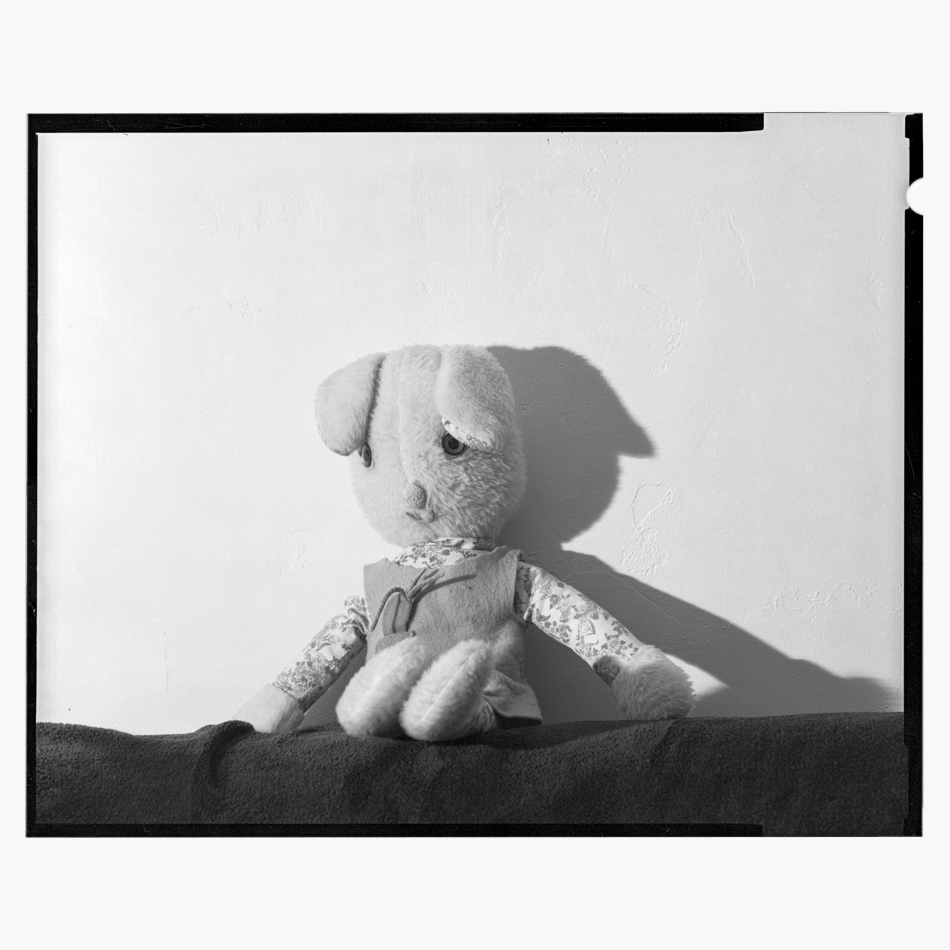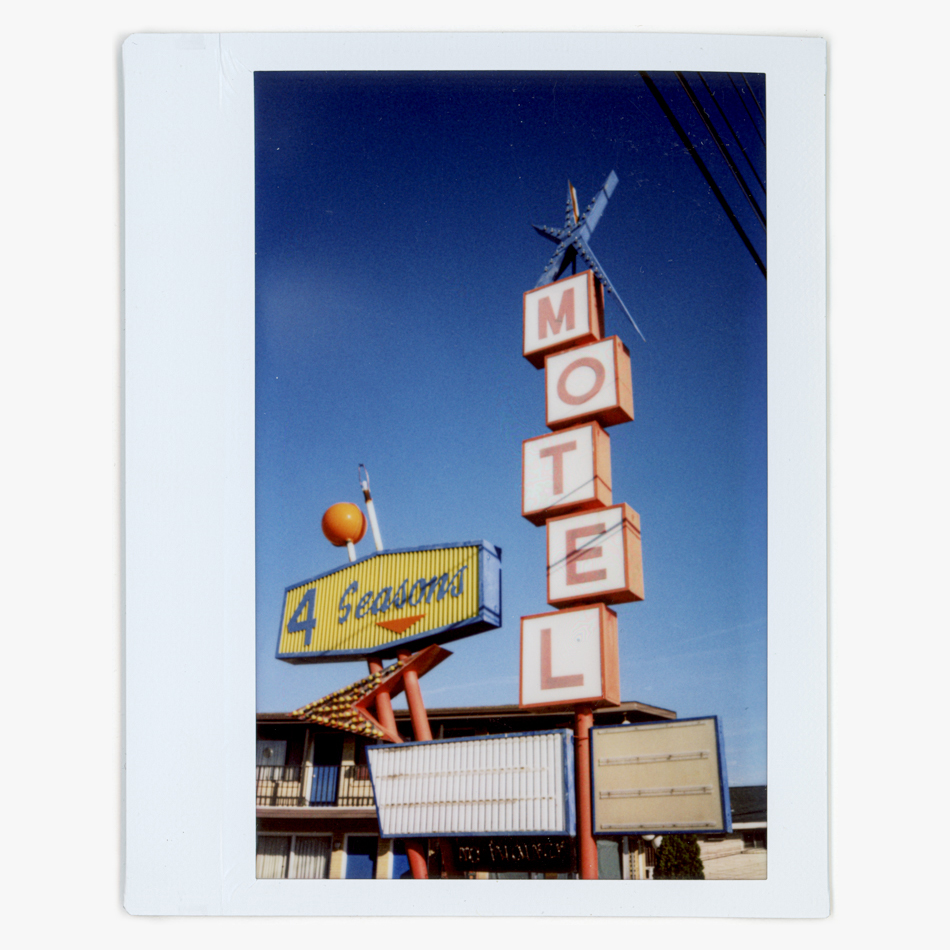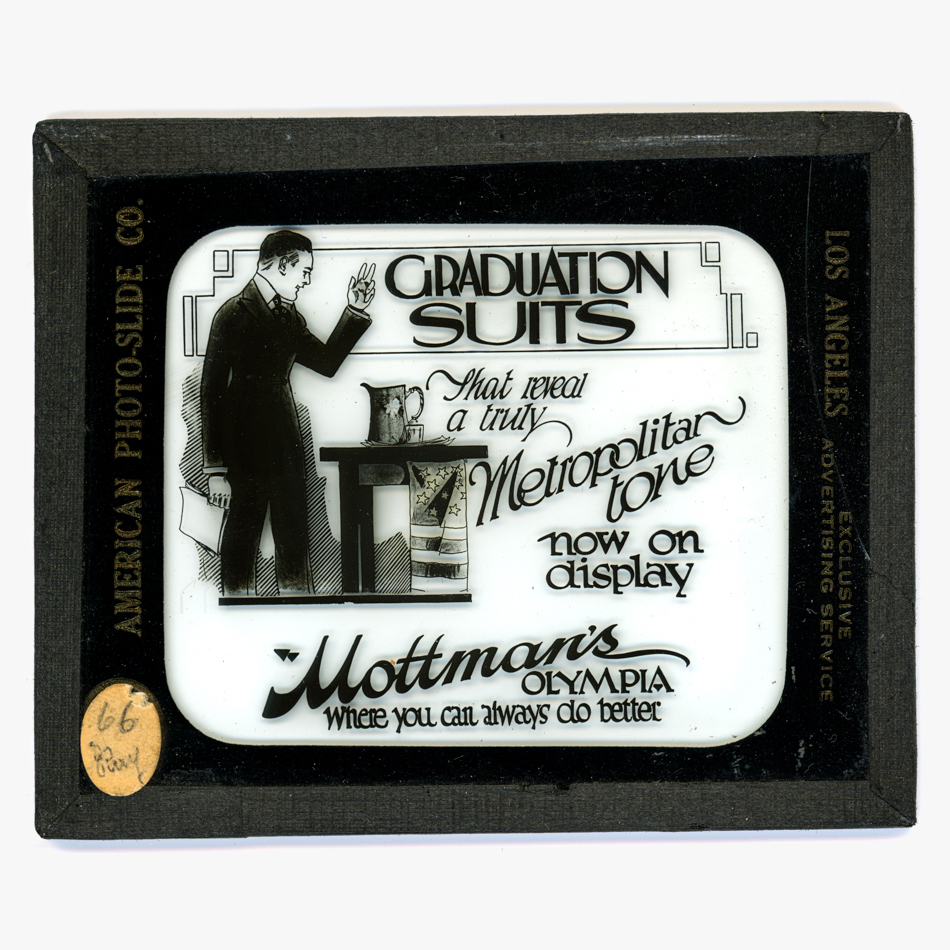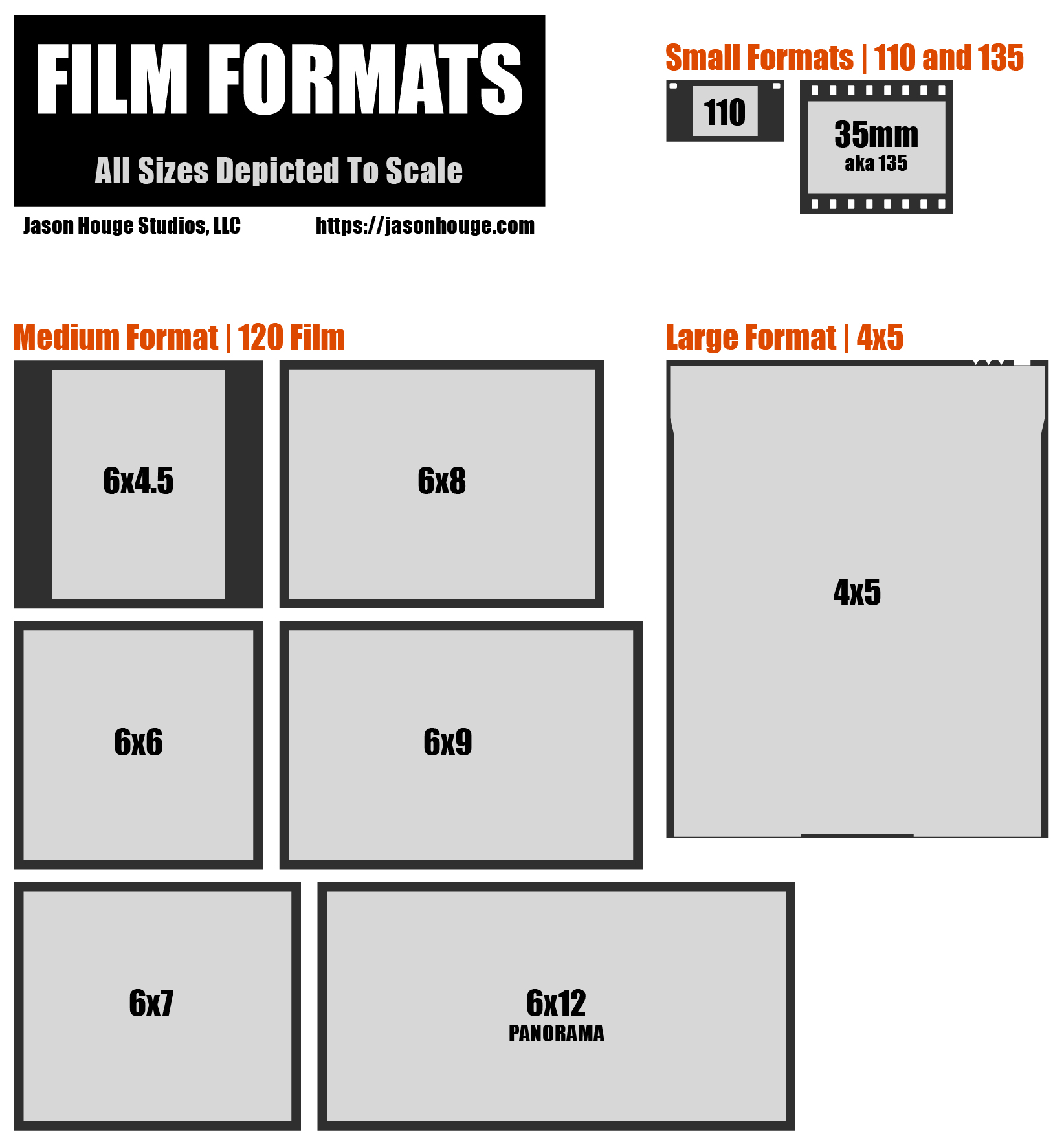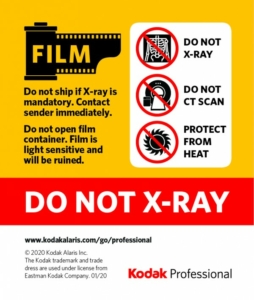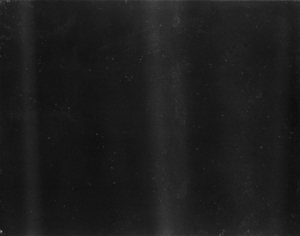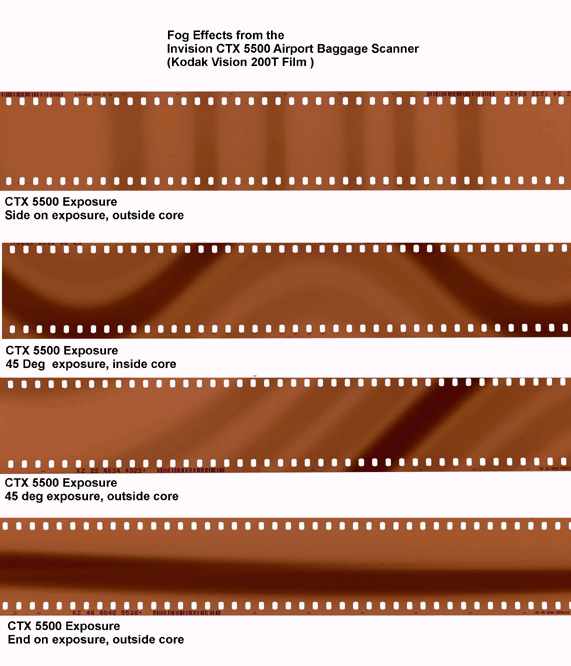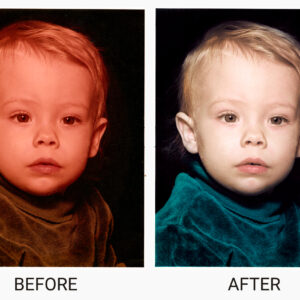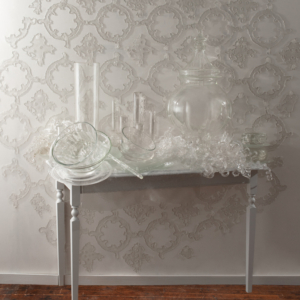Description
Professionally Scanned Film and Glass Plates
Whether you’re an artist who works with analog photography, a collector of old film and glass plate negatives or a museum with collection of Magic Lantern slides, you have probably wondered how are you going to digitize these images to print or archive them. We painstakingly scan negatives, slides and film transparencies, one frame at a time, to offer the highest resolution and finest detail.
Single Frame Scanning
With the rapid increase of photographers returning to film many are discovering a new challenge: Where and how do I print my pictures?
We aim to bridge the gap by offering ultra high quality film scans of the individual frames you need to print.
Fluid Mount or Standard Film Scanning – Which is the right choice?
That’s a big question and there are many reasons one might choose one process over the other. Use the form above to Contact Us and we’ll discuss these options with you to help you understand the processes and what benefits one may have over the other.
Standard Film Scanning
Pros:
• Great for most films types
• Great for Polaroid and Instax prints and Glass Plate Negatives
• Non-Newtonian glass mounts eliminate circular aberrations [Newton rings]
• High Definition and High Resolution
• Least expensive option
Cons:
• Not ideal for film with scratches and blemishes
• Not ideal for film with a great deal of curl
Fluid Mount Film Scanning
Pros:
• Great for most films types
• Exceptional for sheet films
• Able to fully capture the entire border around the frame
• Cleaner scan as film must be cleaned thoroughly before and after scanning
• Reduces, and often eliminates, visible surface scratches and blemishes – suburb for older film
• Film lays flatter during the scan
• Zero chance for circular aberrations [Newton rings]
• High Definition and High Resolution
Cons:
• Cannot be used with paper negatives, Instax or Polaroid images
• Cannot be used with mounted slides
• Cannot be used with Magic Lantern slides or similarly sandwiched glass slides
• Some risk involved especially with hand-produced film/negatives
• Greater cost
Steve & Mary Ann Schmidt

